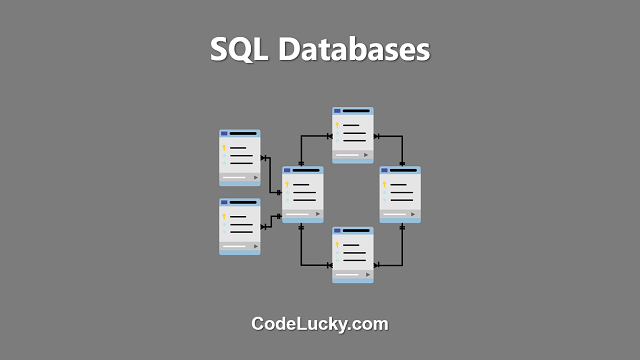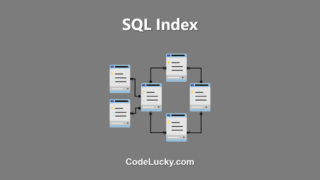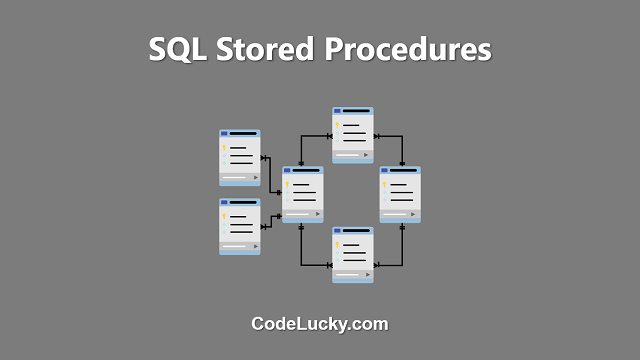SQL databases are relational databases that use SQL (Structured Query Language) for creating, modifying, and querying data stored in tables. SQL databases are widely used for storing and managing large amounts of structured data, making them a cornerstone of many web applications and enterprise systems. They are known for their scalability, reliability, and ability to handle complex queries and transactions.
How SQL Databases Work?
SQL databases are organized into tables, which are collections of related data stored in rows and columns. Each table has a unique name and is made up of columns that define the type of data that can be stored in each row. The relationships between tables are established using keys, which are unique values used to connect data across tables.
SQL databases use a client-server model, where the database server is responsible for storing and managing the data, and the client is responsible for sending SQL queries to the server and displaying the results. The client can be a web application, desktop application, or even a command-line tool. The server receives the SQL queries, processes them, and returns the results to the client.
Advantages of SQL Databases
- Scalability: SQL databases are designed to handle large amounts of data, making them suitable for growing businesses and applications.
- Reliability: SQL databases use transactions and backups to ensure data is always consistent and available, even in the case of hardware failure or data corruption.
- Flexibility: SQL databases can be used for a wide range of applications, from simple data storage to complex data analysis and business intelligence.
- Standardization: SQL is a widely used and well-documented language, making it easy for developers to learn and use.
Disadvantages of SQL Databases
- Performance: SQL databases can become slow and unwieldy as the amount of data grows, and may require performance tuning and optimization to remain fast.
- Complexity: SQL databases can be complex to set up, configure, and manage, especially for large-scale applications and data centers.
- Cost: SQL databases can be expensive to license, especially for enterprise-level applications, and may require additional hardware and resources to run efficiently.
Choosing an SQL Database
When choosing an SQL database, there are several factors to consider, including:
- Scalability and performance requirements
- Cost and budget constraints
- Support and maintenance requirements
- Integration with other tools and systems
- Existing skill sets and expertise of the development team
Some of the most popular SQL databases include:
- MySQL: An open-source SQL database that is widely used for web applications and small-to-medium-sized businesses.
- Microsoft SQL Server: A proprietary SQL database that is used for enterprise-level applications and is known for its scalability and reliability.
- Oracle Database: A proprietary SQL database that is widely used in large enterprises and data centers, and is known for its advanced security and performance features.
- PostgreSQL: An open-source SQL database that is known for its advanced features and support for complex data structures and transactions.
Ultimately, the best SQL database for your organization will depend on your specific requirements and use case. It is important to carefully evaluate and compare different options before making a final decision.
Conclusion
SQL databases are an essential tool for storing and managing large amounts of structured data. With their scalability, reliability, and ability to handle complex queries and transactions, they are the foundation of many web applications and enterprise systems. However, they also come with their own set of challenges, including performance issues, complexity, and cost. When choosing an SQL database, it is important to carefully evaluate your specific requirements and compare different options to ensure you choose the best solution for your needs.







